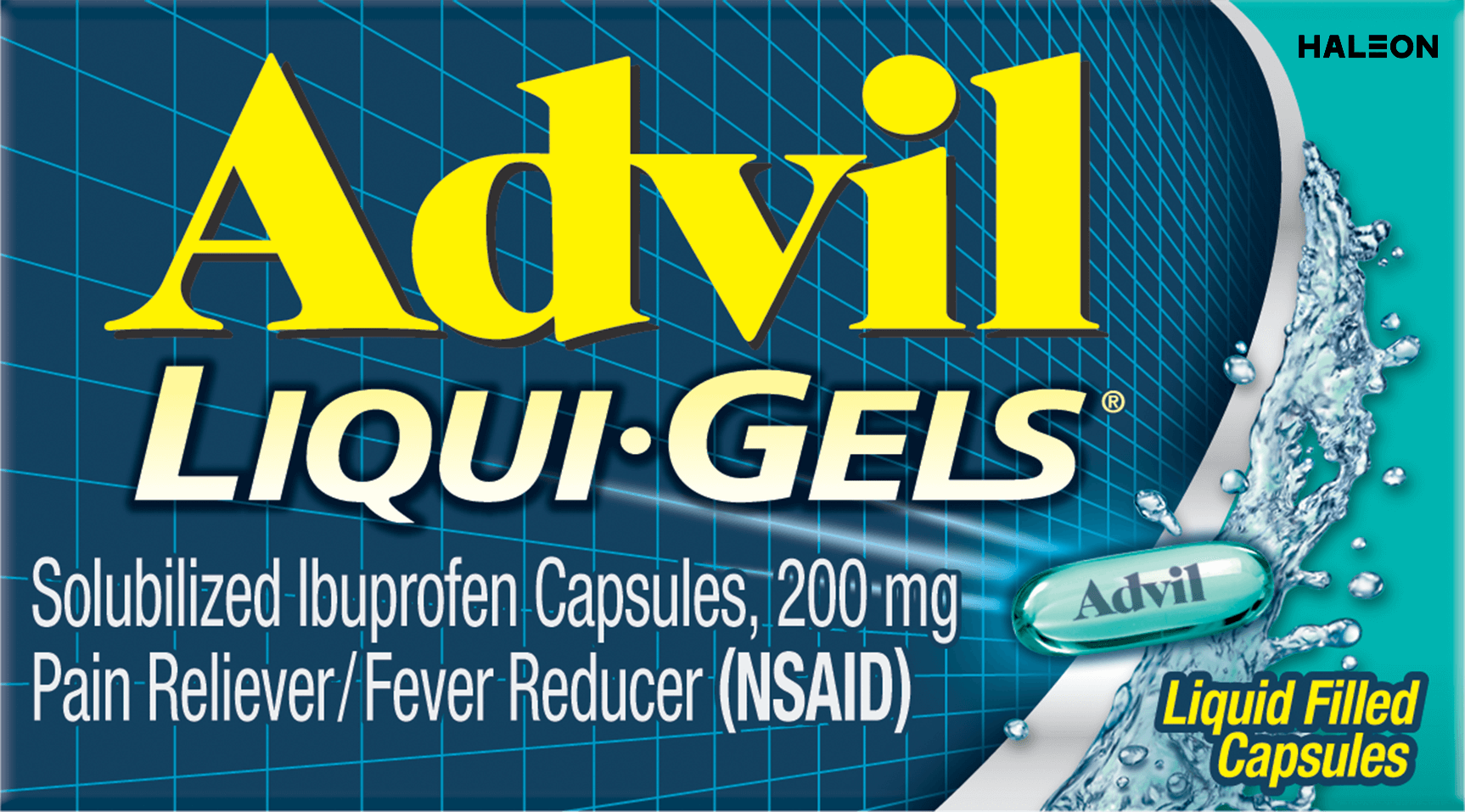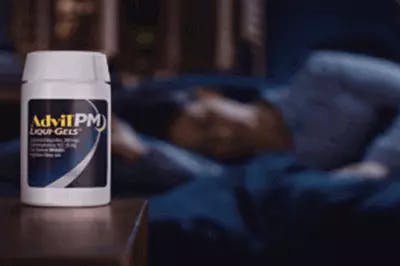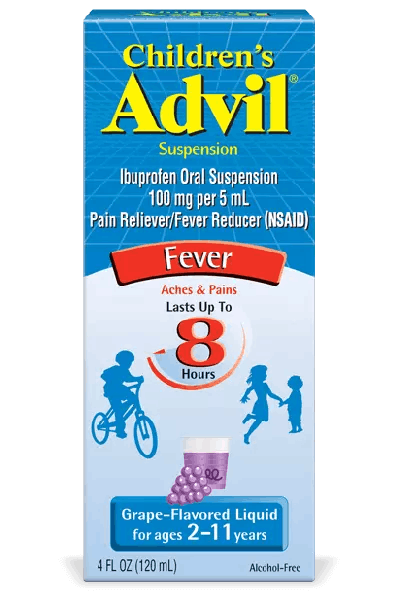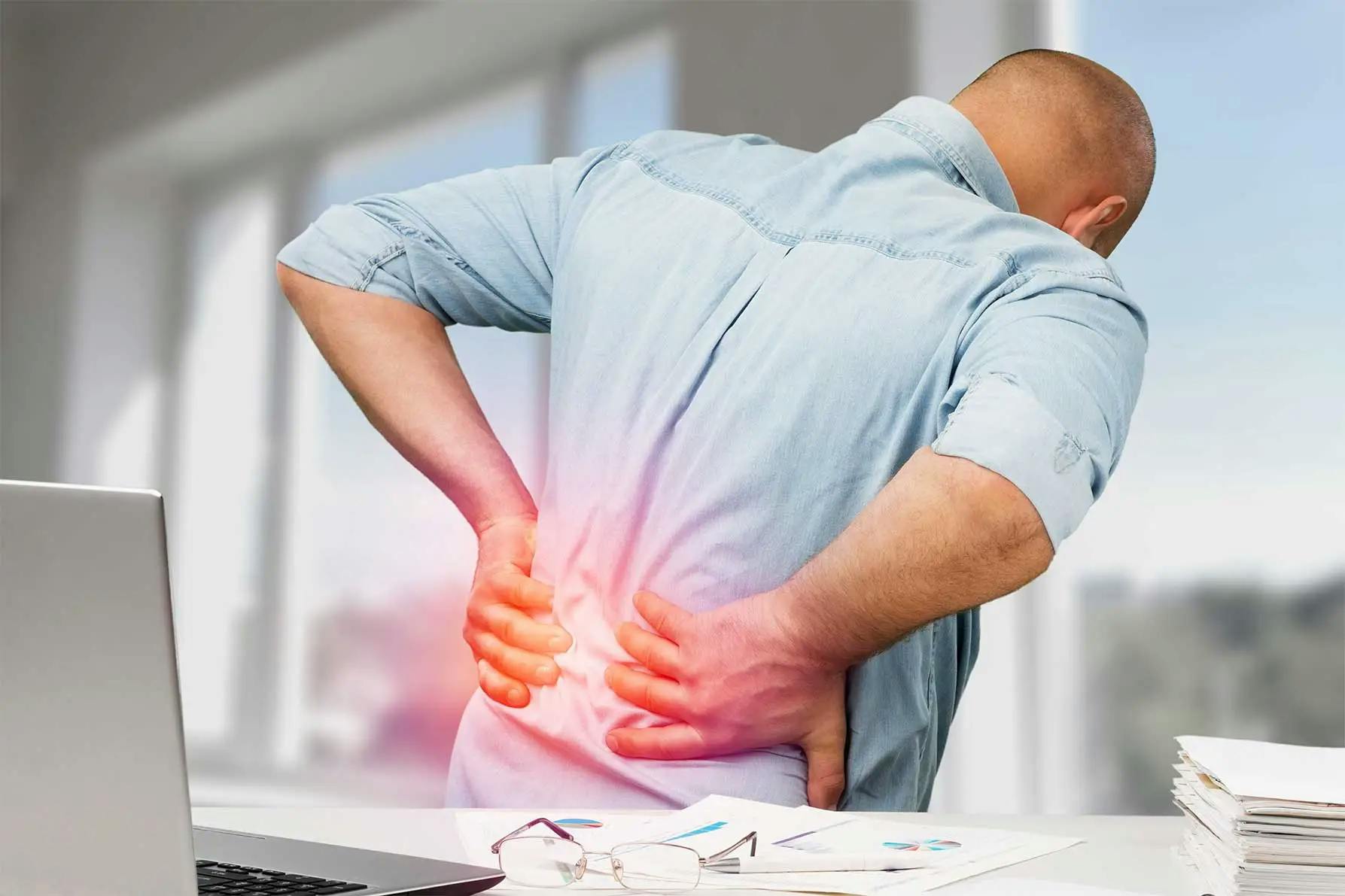What to Do for a Stiff Back
Your back is an incredible structure of bones, ligaments, joints and nerves that all work together to keep you moving. When one of those elements falls out of balance, you may feel intense stiffness and pain.4
Fortunately, you can treat a lot of cases of stiff back at home.4 Learn the most common causes for a stiff back, how to treat your stiff back at home, and how to make lifestyle changes to avoid future back pain.
What Are the Most Common Causes of a Stiff Back?
You can trace most cases of a stiff back to one of these three reasons:4,5
- Muscle strain
- Muscle overuse/underuse
- Spinal arthritis
Muscle strain occurs when you push your muscles outside their limits with activity they’re not prepared to do. For example, repeated heavy lifting or a sudden awkward movement can strain your muscles, especially if you’re out of shape or did not stretch properly before the activity.3
Muscle overuse or underuse happens frequently with poor posture. When you sit with poor posture, you force some of your back muscles to work too hard while forcing other muscles to work less than they should. This imbalance causes back stiffness.4
Spinal arthritis is inflammation of your spine joints. Many factors lead to spinal arthritis including age, obesity and separate conditions like diabetes.6 Osteoarthritis is the most common form of spinal arthritis. With osteoarthritis, the discs between vertebrae thin overtime and place more pressure on your facet joints--causing friction, inflammation, and pain.2,3,6
What Are Home Treatments for Stiff Back Relief
Fortunately, you can relieve most cases of stiff back at home with these steps.1,3
- Take over-the-counter pain medication
- Follow the RICE method (rest, ice, compress, elevate)
- Apply heat after 48 hours
- Do light activity
Many doctors recommend ibuprofen, such as Advil, for alleviating a stiff back because it is an NSAID (non-steroidal anti-inflammatory drug). A new option to consider with the added benefit of two mechanisms of action is Advil Dual Action Back Pain, which contains both ibuprofen and acetaminophen. While ibuprofen targets pain and inflammation at the source, acetaminophen blocks pain signals to the brain.1,3
Within the first 48 hours of your stiff back, your goal is to reduce inflammation and avoid activity that could aggravate the area. You might follow the RICE method: rest, ice, compress and elevate. Rest and apply an ice pack to the stiff part of your back. If feasible, wrap a bandage around the area to add compression. It’s a bit hard to elevate your back the way you would your arm or leg, but lying on your back with your legs on top of a chair1,3 or on your side with a cushion tucked between your legs4 can help similarly.
After 48 hours, switch gears and do the opposite of what you just did: instead of applying ice, apply heat. Now that you’ve reduced the swelling, encourage blood flow to your stiff back muscles so it can move and heal.1
After your 48-hour rest period, start doing light activity. While you don’t want to aggravate your stiff back, you also don’t want to remain immobile for too long. Immobility can make your stiff back even worse.3 Start with light activity and call your doctor or physical therapist for guidance if you need help navigating what activity to work on and avoid with a stiff back.1
How to Avoid a Stiff Back in the Future
Of course, avoiding a stiff back altogether is better than treating one. Good posture and exercise help reduce your chances for back pain in the future. Strengthening and maintaining your core back muscles can help prevent future pain.1 If you smoke, avoiding back pain is just one more reason to quit. Smoking damages arteries in your spinal discs and joints, and it also increases your risk for osteoporosis, a bone-thinning disease that leads to back pain.7
Fortunately, many cases of stiff back are treatable with home care. If your stiff back remains or worsens after 3-4 weeks, contact your doctor for an exam and additional guidance.5
Source Citations:
- First Steps to Take when Treating a Stiff Back, St. Luke’s Health, https://www.stlukeshealth.org/resources/first-steps-take-when-treating-stiff-back#:~:text=Don't%20forget%20the%20RICE,with%20a%20firm%20elastic%20bandage Accessed March 2023
- 4 Reasons You May have a Stiff Back, Spine Health, https://www.spine-health.com/blog/4-reasons-you-may-have-stiff-back Accessed March 2023
- Why do I Have a Stiff Back?, Healthline, https://www.healthline.com/health/stiff-back Accessed March 2023
- Common Causes of Stiff Back and How to Get Relief, Jacksonville Orthopaedic Institute, https://www.joionline.net/trending/content/common-causes-stiff-back-and-how-get-relief Accessed March 2023
- Four Common Reasons for a Stiff Back, SpineOne, https://spineone.com/four-common-reasons-for-a-stiff-back/ Accessed March 2023
- Spinal Arthritis, Johns Hopkins Medicine, https://www.hopkinsmedicine.org/health/conditions-and-diseases/spinal-arthritis#:~:text=Spinal%20arthritis%20is%20inflammation%20of,disorders%2C%20infection%20and%20other%20conditions. Accessed March 2023
- Smoking Hurts your Back, Rochester Medical Center, https://www.urmc.rochester.edu/encyclopedia/content.aspx?contenttypeid=56&contentid=DM98#:~:text=Numerous%20studies%20show%20a%20link,can%20lead%20to%20back%20pain. Accessed March 2023
By clicking the link(s) above, you will be taken to an external website that is independently operated and not managed by Haleon. Haleon assumes no responsibility for the content on the website. If you do not wish to leave this website, do not click on the links above.








